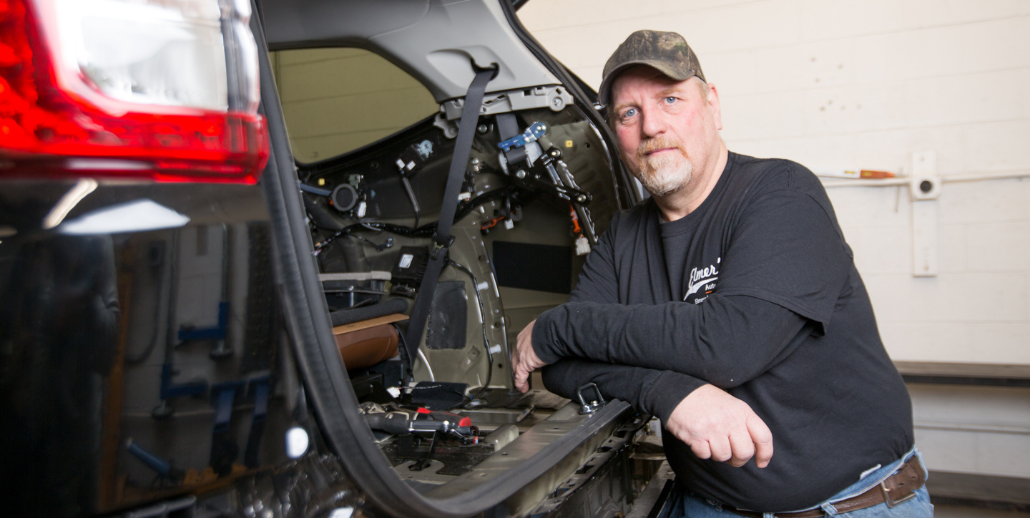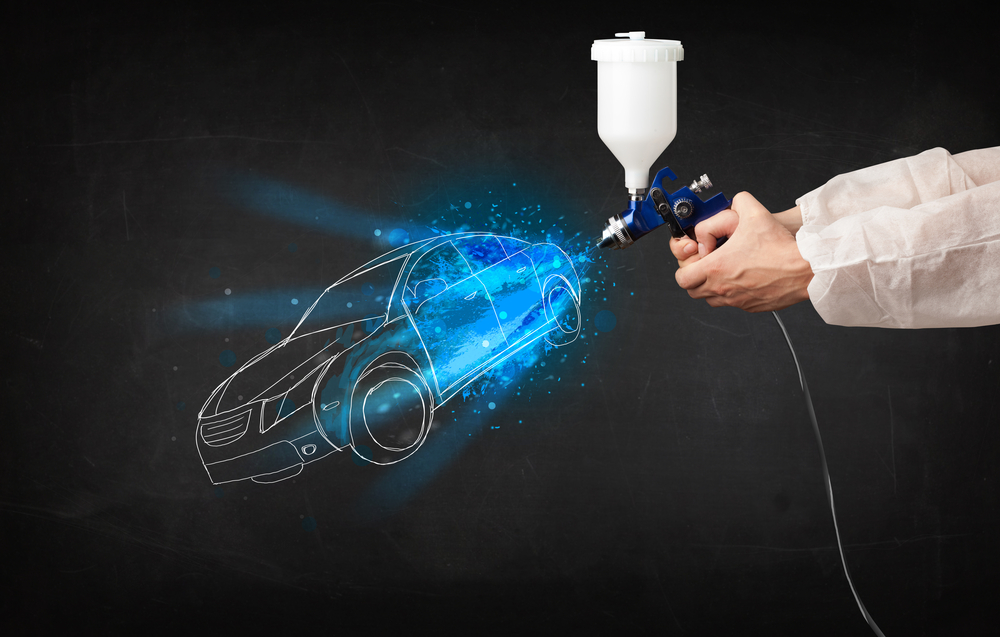The automotive industry in the last few years has witnessed a dramatic transformation. Still, we could hardly call it a surprise seeing all the new technologies like self-driving cars and electric cars rolling out. Less than a decade ago, those same technologies enjoyed far less popularity, and the general awareness of them was a shrug of the shoulders. To better understand the current landscape of auto body repair, let’s look at the new technology and innovation coming soon.
Future Auto Body Repair
In the future, collision repair will depend on professionals in the business to improve the lifespan of car parts. We need this improved lifespan to advance and create new opportunities. Collision repair professionals will continue to innovate. This innovation will let customers save more money. In doing this, they can own some of the newer and more technologically advanced vehicles.

What Can We Expect for Changes?
Right now, the auto body repair industry struggles with the quality of key vehicle part repairs. Car owners will continue to seek more cost-effective solutions and look for ways to make the repairs last longer. Collision repair professionals who can meet this demand with open arms will excel in business. They will seek new ways to offer new products to customers and improve existing products.
Efficiency will continue to grow in importance if we wish to compete with our rivals. Collision repair professionals will need to make repairs in a timely fashion, and they will need to keep offering them at increasingly affordable prices, even if the price increases in other ways.
Newly Emerging Auto Body Techniques
New technology in this industry will continue to evolve, and one of the specific areas where we might see change relates to the use of aluminum in car design. In the past, only high-end supercars and performance cars would receive aluminum body panels. Rumors are already circulating that Ford plans to design all-new aluminum-bodied vehicles. The reasons behind it include the lightweight material lending itself well to better fuel economy and better ability to meet safety standards.
This shift will mean a change because most technicians only know how to work on steel cars. You can’t reshape a banged-up aluminum body in the same way as a steel car. You need welding equipment and aluminum riveting tools. That will mean that auto body repairs will cost more for some vehicles, but will receive a stronger car that lasts longer.

Augmented Reality: How Will That Work?
Believe it or not, augmented reality will play a new role in the auto body shop. Google, “auto body shop near me,” and many of the ones that you see right now may change their strategy to include augmented reality. You might, for example, see auto body professionals put on Google Glass headsets to feed them visual information about the car. Volkswagen became the first automaker to float the possibility of this technology to people.
New cars have complicated and dangerous features like electronic and hybrid drivetrains. This augmented reality will save technicians the amount of time spent learning how new vehicles work, and it will make it safer for them to make the repairs.
3D Printing: Untapped Potential
In the 3D printing realm, we see a great deal of untapped potential. We can, for example, use 3D printers and computers to recreate objects. Especially with older cars where finding the parts can be notoriously difficult, this will make it easier. Just take out the one you broke, scan it and it will spit out a new auto part.
Right now, 3D printers remain out of reach for most people, but as technology advances, they will become more affordable. The difficulty of using a 3D printer will become less complicated in the future as well.
This isn’t a stretch either considering how automakers already use 3D printers to create prototypes. Insurance companies have sought ways to recreate classic cars. Still, the stakes with this will need to prove fail-safe. Imagine the high stakes when you 3D print a set of brake calipers.
Onboard Communication Systems
Most of us have heard about GM OnStar at one point or another, which has existed for over 25 years. When you activate it, it interacts verbally with you. It can offer you turn-by-turn directions and assistance in the event of a car accident. In the future, we may see an increasing number of companies offering similar technologies.
Most, if not all automakers, in the future, will likely offer similar services with their own insurance products. AI, in the same way, that it revolutionizes other industries, will revolutionize auto technology as well. We will likely see new standards rolling out as the technology comes out. While we can choose to resist the changes, it will allow us to compete better if we adopt them.
All of this happening has already begun, and the tidal wave is coming for us even now. We will need to adapt and change at an increasing rate as this technology rolls out.
Conclusion
If you’d like to speak more about the future of auto technology, feel free to contact Elmer’s Auto Body. We have run our family-owned and operated business in South Jersey for over 70 years. With that amount of experience, we have seen where auto body repair started and where it may end up. No one knows the future for sure, but this does give us some idea of where it may be headed. Call us today at (856) 218-0202.

